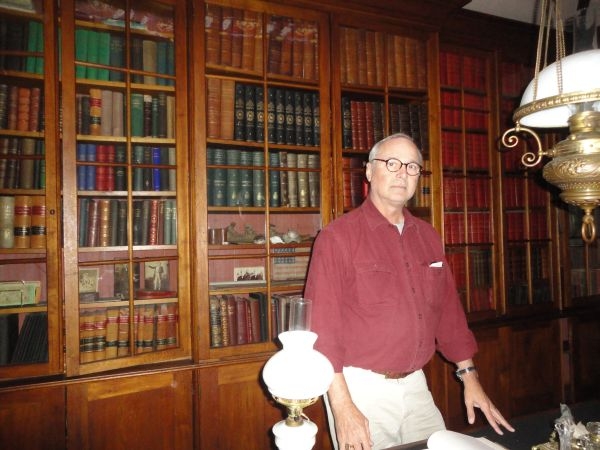
As the nation’s demographics change, Vermont tourism officials are beginning to respond.
In recent months the state has begun taking the first steps to attract African-American tourists.
But gearing up to market to minorities presents some immediate practical problems.
"We didn’t have any pictures of anybody of color visiting our state," explains Megan Smith, Vermont’s commissioner of Tourism and Marketing. Smith says when she went looking for photos of African-Americans visiting Vermont she couldn’t find any to use in brochures and online advertising.
"We had to hire models. We took the pictures and they just looked like hired models. They didn’t look like people on vacation. Now we’re saying, ‘ok, we need people to give us pictures.’ It’s a long process," she says.
Attracting African-American tourists to Vermont is not an easy or natural fit for the state where barely more than one percent of the population is black.
But ask Curtiss Reed Jr. at The Vermont Partnership For Fairness And Diversity and he’ll tell you marketing to African Americans, Hispanics and Asians is a matter of survival for a state that depends so much on tourism.
"If we continue to focus on that white marketplace that’s rapidly shrinking, we’ll be out of business," Reed says.
Smith doesn’t see the choice as that stark, but she says reaching out to minorities is important and she’s been working with Reed to establish a Vermont African American Cultural Heritage Trail, which the state plans to roll out next year.
One of the sites on the trail is the Justin Morrill Homestead in Strafford. Morrill was a learned, but un-schooled Congressman and Senator from Vermont. He sponsored the 19th century Land Grant Act that created a national network of colleges that broke down racial barriers to higher education.
"He changed American higher education from being a privilege for the wealthy, white families who were going to be doctors, lawyers, ministers, so that that higher education was open to every kid who had the smarts had a chance to go to college," explains Chuck Ashton, who helps give weekend tours of the Morrill home.
The state originally identified more than 150 locations that would be of interest to African American visitors.
The problem isn’t finding stops along the heritage trail. There’s a larger issue that has to do with racial sensitivity.
Commissioner Megan Smith says between now and next summer the state will work with staff and volunteers to train and educate them about interacting with minority tourists.
"I don’t want to do this trail and throw it out there with a $30,000 or $50,000 marketing campaign and then have the people come and then start tweeting about, ‘oh my God, there was a sign outside the store that said we’re going to sell your children into slavery," says Smith.
Smith and Reed say there was such a sign at a Vermont general store that warned visitors about their misbehaving children. It’s since been removed.
Reed says examples like this show a need for a cultural reality check among businesses and sites frequented by tourists.
As Reed explains, "There’s a level of discourse which emerges out of an unconsciously unskillful place, because one hasn’t had the experience, one hasn’t been exposed to either history or exposed to people of various cultures, we make some bumbling mistakes. There are some tourists who will excuse that and some tourists who won’t excuse that."
Reed says to market to minorities effectively, the Vermont hospitality industry also has to move beyond stereotypes some people have.
The stereotyping runs both ways. Reed says the fact Vermont has a largely white population has created an image of the state among prospective minority tourists.
"For people of color, the question is: ‘Is that intentional?’" says Reed.
Reed says he’s encourage by the steps the state is taking, and he underscores another reason for marketing to the nation’s growing minorities: Visitors sometimes become residents and small business owners.
The good news is that attracting minorities doesn’t require retooling the basic message contained in tourist brochures for more than a century – about Vermont’s natural beauty and the opportunity to escape from urban pressures.
But the state is trying to give new meaning to one old tourism slogan. It says, "Vermont is inviting all, all Vermont is inviting."